Photo credit: Kestutis Ambrozaitis
Lithuania’s Curonian Spit – A UNESCO Highlight
Lithuania’s Curonian Spit is a narrow 60-mile strip of sand running from Klaipeda, the country’s only seaport, south into the Russian exclave of Kaliningrad. Formed over 5,000 years ago, the forested dunes of the spit separate the mostly freshwater Curonian Lagoon from the Baltic Sea.
The Curonian Spit pairs its natural beauty with a peculiar history, making it a remarkable stop on any visit to the Baltic region.
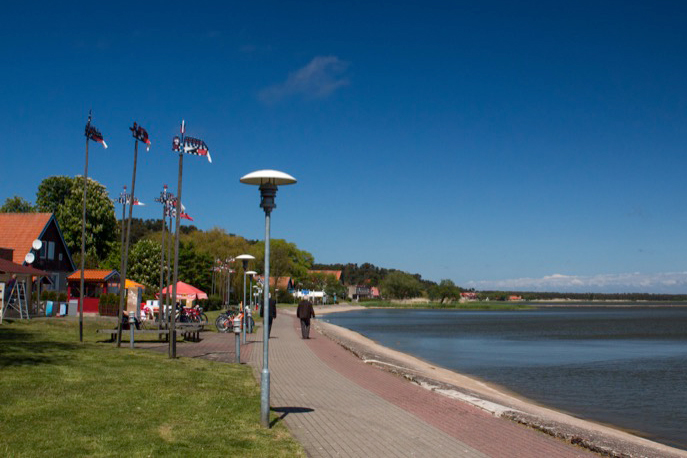
The Settling – and Burying – of the Spit
The spit’s first inhabitants were Stone Age people who lived lightly on the land. But its later settlers – Western Balts, who spoke a Latvian language – managed to denude the fragile spit of trees by the 16th century. For 300 years the winds and waves battered the area, burying fourteen villages under the encroaching dunes. According to some historians, at this time of environmental degradation the practice of snaring and eating crows saved the population from starvation.

A UNESCO World Heritage Site
In 1825 a postal worker named G. D. Kuvertas began planting trees to help stabilize the dunes around Nida near the end of the spit, and since then an ongoing reforestation project has helped to protect the spit from destruction. Declared a UNESCO World Heritage Site in 2000, the Curonian Spit is a strange landscape of corrugated dunes; little villages; and forests of linden, elm, birch, and pine.
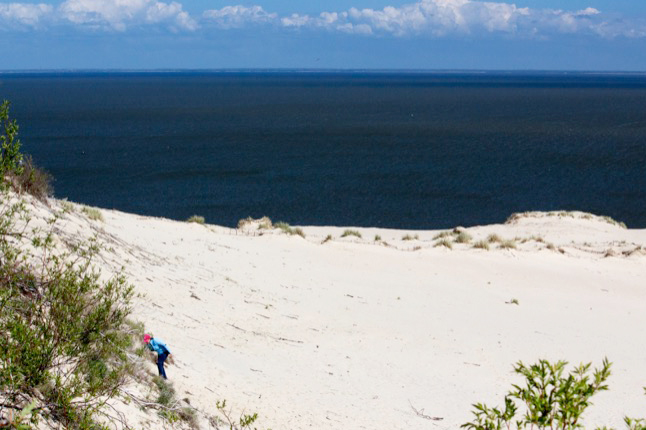
Extinct Sail Boats
Valued for its culture as well as its natural beauty, the spit was home to a people who – before the Second World War decimated them – were famed for their tin weathervanes; their kurėnas, or flat-bottomed sail boats; and their krikštas, or carved wooden grave markers.
The original wooden kurėnas were allowed to decay after WWII, when the laws were changed and fishing by motorboat became legal. First mentioned in the 14th and 15th centuries, kurėnas were used up until this time by the fishing fleet in the freshwater Curonian Lagoon.
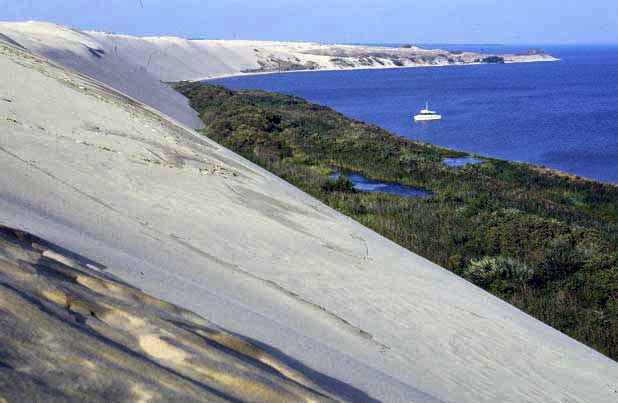
Krikštas: Historic Markers
The Ethnographic Cemetery in Nida is a repository of the unique wooden grave markers called krikštas carved by 19th and early 20th century Curonians. First mentioned in the 16th century, the markers were carved out of one solid piece of wood and positioned near the center of the grave so that the souls of the dead could use them to pull themselves up on Judgment Day.
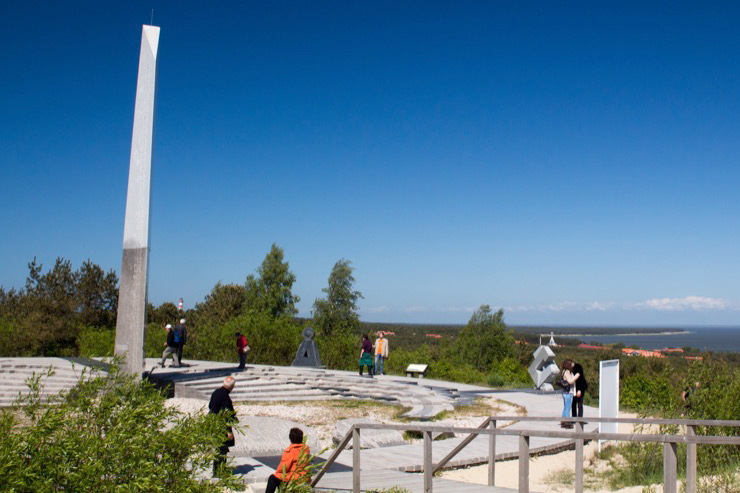
Excellent Birdwatching Opportunities
The Curonian Spit is also renowned for its birdlife. In Jodkrante, a small seaside village near Nida, Gray Herons have been nesting since the 17th century. Around 500 pairs of the herons coexist uneasily with a growing colony of Great Black Cormorants. The cormorants began moving in at the beginning of the 19th century and taking over the big nests of sticks that the herons build. The Prussians, who governed the Curonian Spit at that time, considered them pests and finally exterminated them. Several pairs began returning during the 1970s, and the cormorants are now about 2,000 pairs strong.
Vente Cape, on the east side of the Curonian Lagoon, is a headland where an ornithological center has been counting and ringing birds since 1929. The cape is under a major migratory bird flyway, and over 15 million birds pass this way every autumn. The globally important wetlands are protected by the Ramsar Conventions.
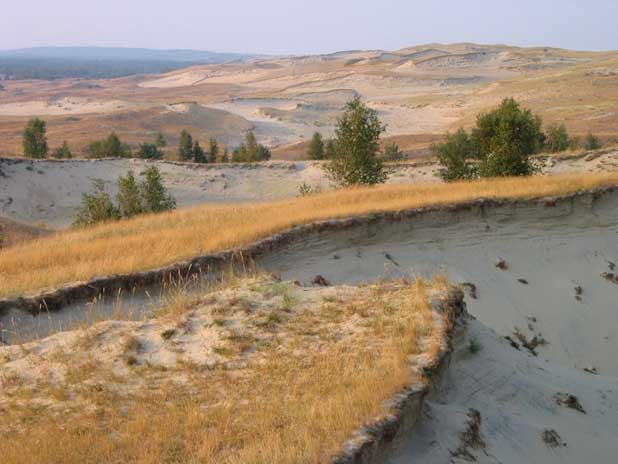
Travel to the Curonian Spit with MIR
MIR has more than 30 years of travel experience offering on-the-ground support, quality you can trust, and guides and tour managers that clients rave about.
Our Kaliningrad & The Baltics small group tour roves the countryside and urban centers of four distinct nations: the three independent Baltic countries – Lithuania, Latvia, and Estonia – and Kaliningrad, an exclave of Russia.
Or book your own uniquely designed custom private journey. MIR specializes in personalized, private journeys – and we’d love to take your ideas and weave them into a trip tailored especially for you. Travel wherever, however, and with whomever you like, relying on our expert assistance. Contact us to find out more about our custom and private travel expertise – each trip handcrafted to your interests, dates, and pace.










